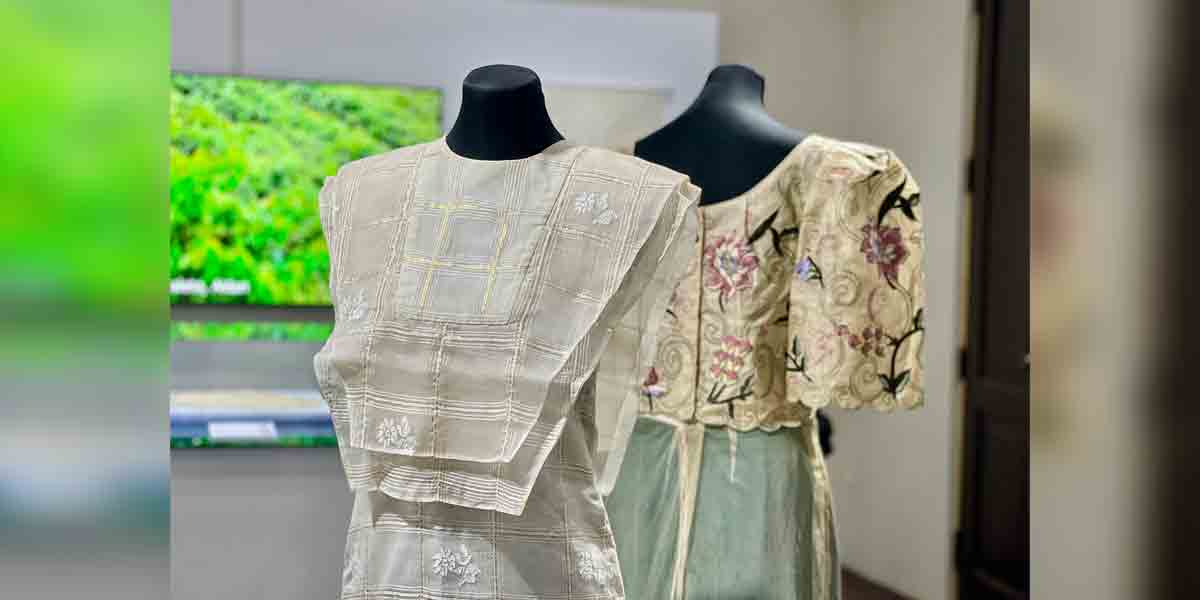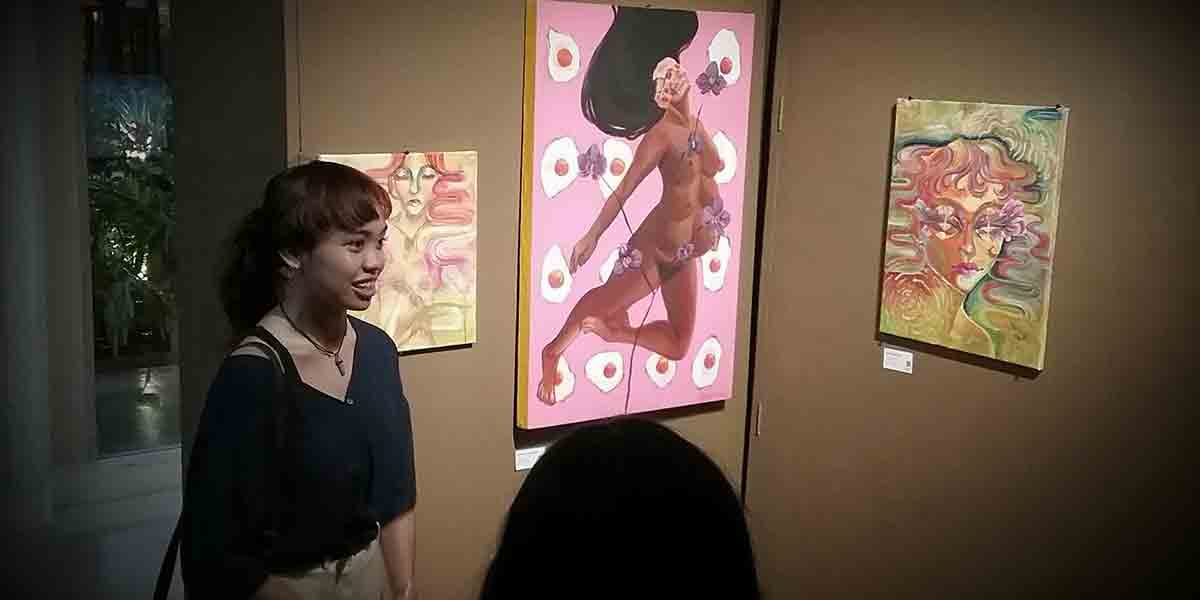
Text and photos by: Bombette G. Marin
OTON, ILOILO is a lovely seaside town located just over 10 kilometers in the southern portion of the province. Like most Ilonggo towns, it has a colorful history. The town may be a lesser-known historic destination compared to its neighboring municipalities but still offers some great sites.
There are a bunch of great historic sites to take in. Oton is home to First Pueblo in Panay founded by the Spaniards in 1570.
To enter the town, one must pass Batiano Bridge, an important landmark with Batiano River serving as a trading site during the Chinese and Spanish era.
Oton became the seat of government of Panay and Negros islands. After the Spaniards had established their convent in Cebu in 1565, they started preaching the Gospel in Oton. The natives were known to be “master shipbuilders” for they had shipyards for building large ships and the women were engaged in weaving as most homes had a loom that produced fine textile materials.
Oton was a major Chinese trading port in the Philippines. A rare Chinese burial gold leaf mask, one of the oldest objects found in Barangay San Antonio, was excavated in the 1970s by Alfredo Evangelista and F. Landa Jocano.
Made of finely created gold sheets, the mask covers both eyes and a disc that covers the entire nose. The golden mask is part of a burial tradition by a limited group of Filipinos who have had early contacts with Chinese merchants.
The gold death mask was dated to the late 14th to the early 15th century A.D. It was declared as a National Cultural Treasures and is known to be one of the 15 Most Intense Archaeological Discoveries of the Philippines.

The Immaculate Conception Parish Church (the old church of Oton and the second to be constructed) was known as one of the best and the only one of its style in the entire archipelago.
It was constructed in 1874 and was finished in 1889 under the supervision of Fr. Nicolas Gallo and was blessed and inaugurated in 1891. It resembled the Gothic cathedral of Byzantine. Greek and Gothic architectural designs, patterned after a Greek cross capped by a magnificent dome and light Gothic towers decorate the church with its main altar at the center.
It was destroyed by a powerful earthquake, Lady Kaykay on January 25, 1948, and was never restored. What was left of the church were the two bells and a few stone stumps, now engulfed by the roots of a humungous tree, are used as walls for a grotto found just outside of the present church. The present image of Our Lady of Immaculate Conception on the roof of the church, still from the second church, looks over the town.
Oton has its share of buildings and houses that spell out the past. The present Municipal Building, though renovated, was constructed in 1955. After the American forces liberated the island of Panay, it was in the years 1952 -1963 when Simplicio C. Carreon became the Municipal Mayor of Oton. Senator Jose C. Zulueta, the Senate President in 1953 and an Ogtonganon himself, helped build the Municipal Hall which is presently the main building.
Oton Central Elementary School was established in 1911-1913. The Americans took over the town in February 1900 and with the coming of the Thomasites in the area made education accessible to everyone. It was in the time of Municipal President Epifanio Tiapon when the elementary school was constructed along with the concreting of the Public Market and the construction of the road going to the town of Alimodian.

Oton National High School, formerly known as Oton Regional High School, conducted refresher courses at the Oton Public Market on March 22 to June 1945. The regular school year opened in June 1945 and ended March 1946 with Mr. Elpidio L. Cabus as the school principal. The establishment of the secondary school was realized when the Planta Family donated 4.6 hectares of land where the first 24-classroom quadrangular-shaped building was constructed through the efforts of their PTA.

The Oton Catholic Cemetery was believed to have been built alongside the second church, making it the oldest cemetery in the province. Its centerpiece is the circular capilla that is made of stone. It has three entrances.
On top of the main entrance are three identical skulls on crossbones; two of which are situated at both ends of the main entrance with two chalices situated a little higher; the other is on the upper center of the capilla.
The first-class town of Oton is situated south of the province. It is approximately 10.2 kilometers or a 30-minute ride from Iloilo City and is bordered on the east by the district of Arevalo in Iloilo City; in the west by the municipality of Tigbauan: in the north by San Miguel; and the southern portion by a stretch of the shoreline of the Sulu Sea. It has a land area of 8, 456 hectares that are politically subdivided into 37 barangays.

Oton is populated by 89,115 (2015 Census on Population) Ogtonganons. Market day is every Monday and Saturday. Its Municipal Fiesta is celebrated every December 8 in honor of our Lady of Immaculate Conception.
Visitors can take a Tigbauan, Guimbal, Miagao or San Joaquin jeepney at the Don Benito Q. Acap Sr. Southern Iloilo Perimeter Boundary in Barangay Mohon, Oton or when in the city, at the market situated behind Robinsons Place Iloilo.
Know more about Oton on the 15th Tumandok celebration on September 18-22, 2019 at the event center, fountain area of Robinsons Iloilo main mall.
The event is brought to you by the Office of Culture, Arts, History and Tourism of the Iloilo Provincial Government in cooperation with the Department of Tourism Region VI and Robinsons Place Iloilo. Also brought to you by the College of Hospitality Management of Central Philippine University and Daily Guardian.




















